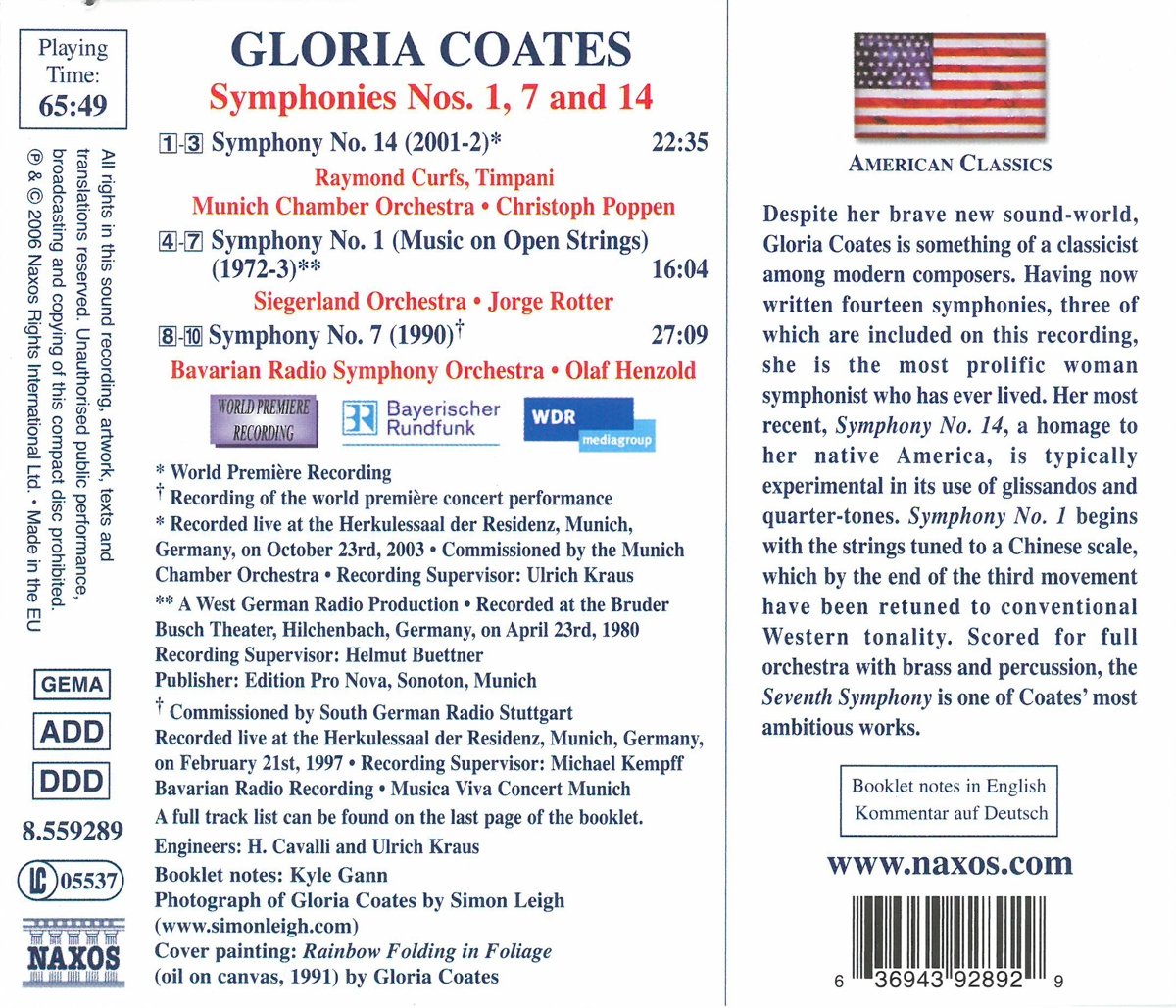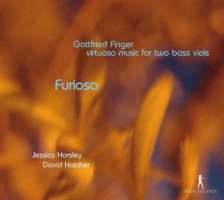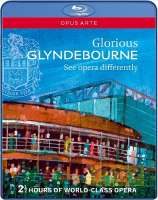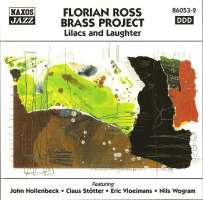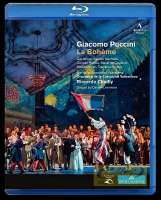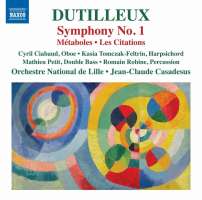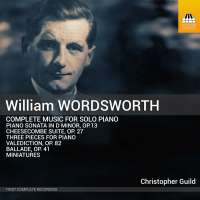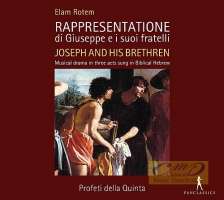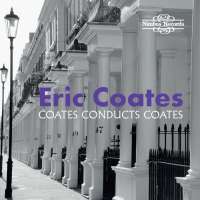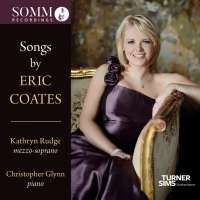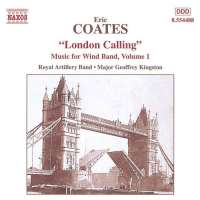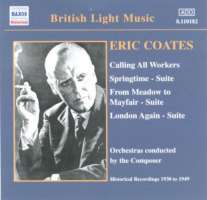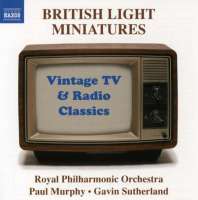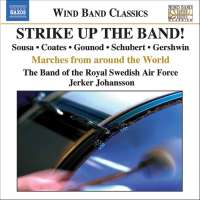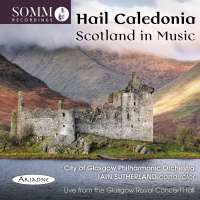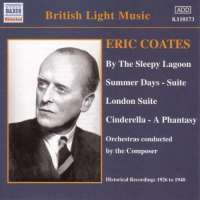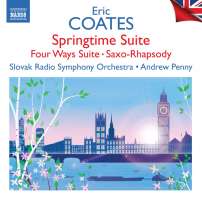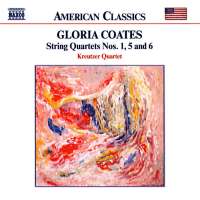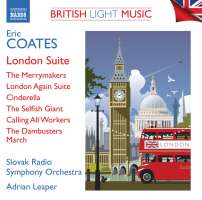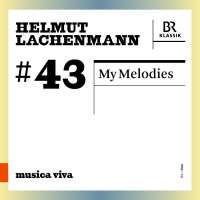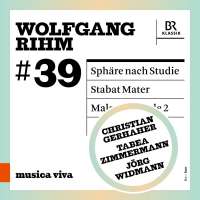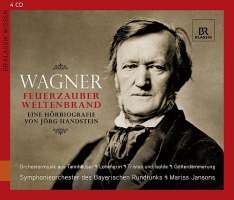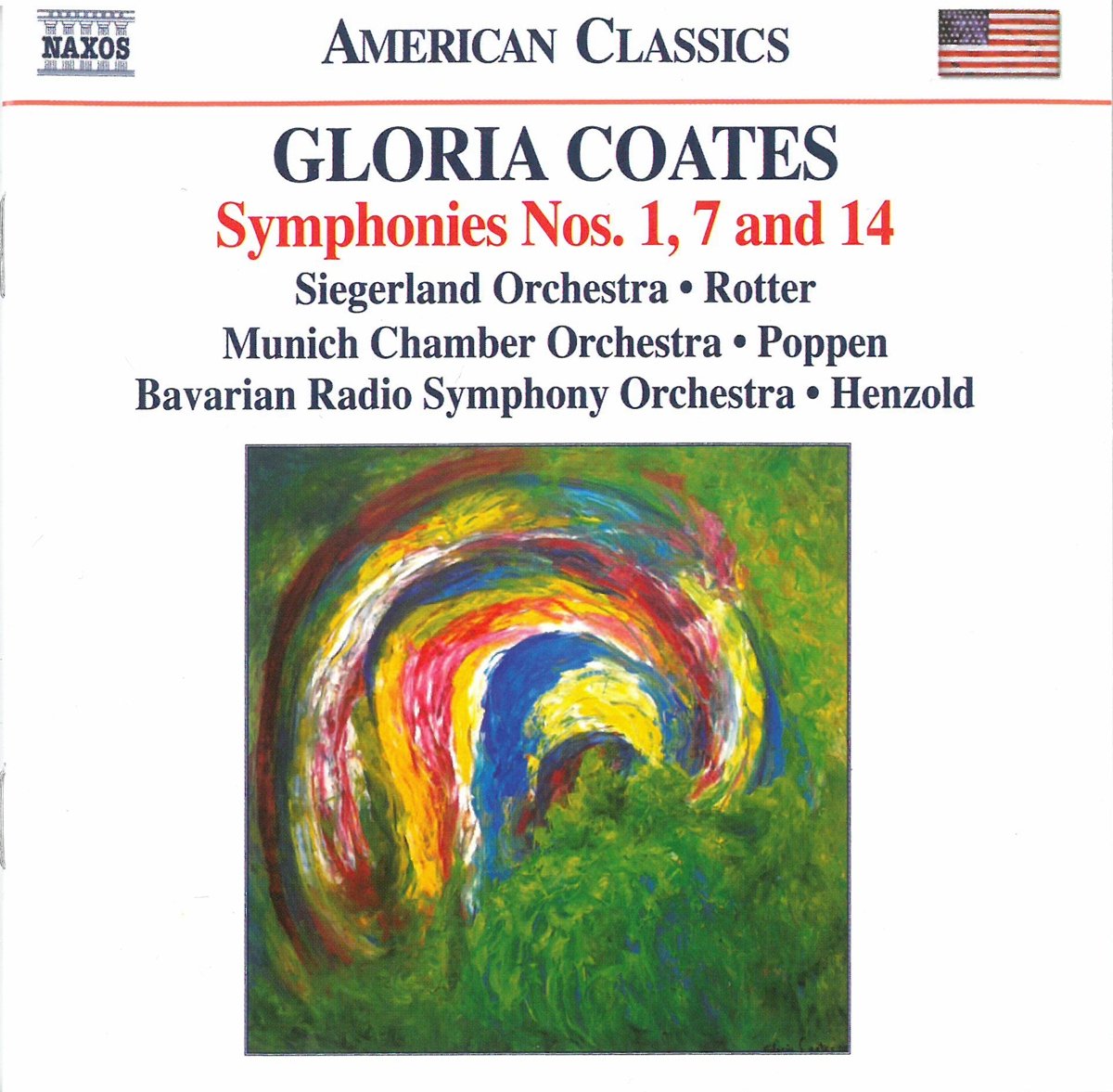
kompozytor
Coates, Eric
tytuł
COATES: Symphonies nos 1, 7
wykonawcy
Symphonieorchester des Bayerischen Rundfunks;
Poppen, Christoph;
Münchener Kammerorchester;
Curfs, Raymond;
Henzold, Olaf;
Rotter, Jorge;
Siegerland Orchestra
Poppen, Christoph;
Münchener Kammerorchester;
Curfs, Raymond;
Henzold, Olaf;
Rotter, Jorge;
Siegerland Orchestra
nr katalogowy
8.559289
opis
The Symphony No. 14 (2002) is an especial homage to Gloria Coates's native land, based as it is on early American hymns by two of New England's first composers, Supply Belcher (1752-1836, known in his lifetime as "the Handel of Maine") and William Billings (1746-1800). Scored for string orchestra and timpani, the work is typically outlandish, not only its glissandos, but for its use of quartertones (Coates provides a subtitle: "Symphony in Microtones"). Throughout, the strings are divided into two sections, half tuned a quarter-tone lower than the other half. •
For many years, Coates's Symphony No. 1 (1972-3) remained her best-known and most widely-played work. It was originally called "Music on Open Strings" (as she had not decided to call her large works symphonies until the first few were completed), and the instruments all play in scordatura, that is with each section tuned to an unconventional set of pitches. •
Coates's Seventh Symphony, from 1990-91, is one of her most ambitious works, bringing her concepts to bear on a full orchestra with brass and percussion. The first movement goes through a canonic process of increasingly wide glissandos, punctuated by a simple bass drum motive which, toward the end, recurs every five beats. The second, a little more conventional by Coates's standards, derives most of its material from a chromatic melody heard first in canon, building up textures that erupt in repetitive flurries of 32 notes (demi-semiquavers) in the various instruments, a grand noise indeed.
nośnik
CD
gatunek
Muzyka klasyczna
producent
Naxos
data wydania
10-07-2006
EAN / kod kreskowy
636943928929

(Produkt nie został jeszcze oceniony)
cena 58,00 zł
lubProdukt dostepny w niewielkiej ilości.
Wysyłka w ciągu 3 dni roboczych
Darmowa wysyłka dla zamówień powyżej 300 zł!
Darmowy kurier dla zamówień powyżej 500 zł!
sprawdź koszty wysyłki